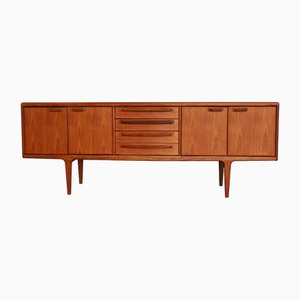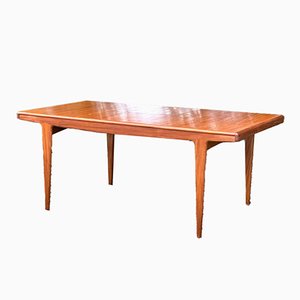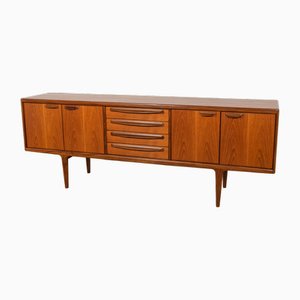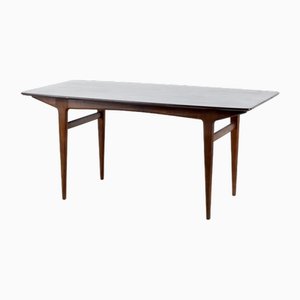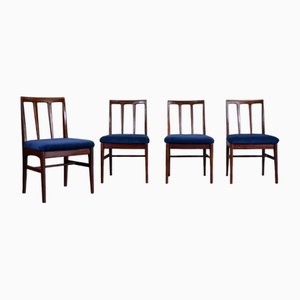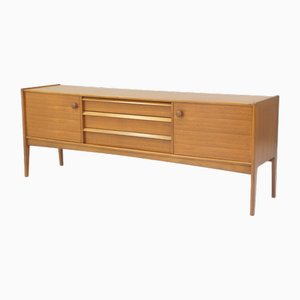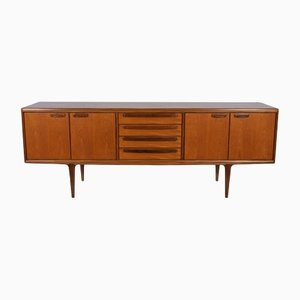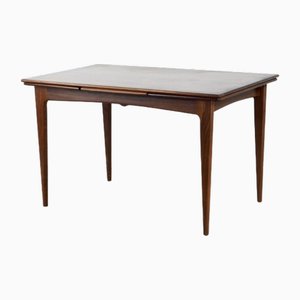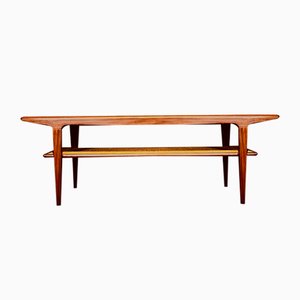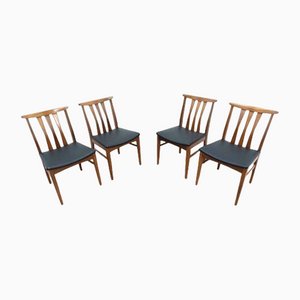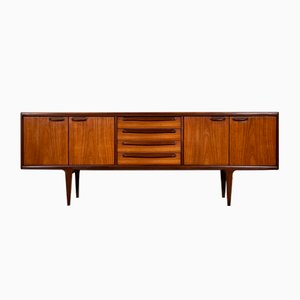
John Herbert was a British designer active during the 1950s and ‘60s, and was known for his Scandinavian style sideboards and high-end furniture ranges for the British furniture manufacturer, A. Younger .
It is speculated that sometime in the early or mid-1950s, Herbert became Head of Design for A. Younger Ltd. The trailblazing firm—which produced high-end modernist furniture—was one of the first to adopt the Scandinavian style in the 1950s, but was also one of the first manufacturers to abandon it in search of something more uniquely British in style. In 1955, Younger produced its first teak dining suite, Moselle. Two years later the teak collection Volany (1957) was introduced, and remained in production for over a decade.
In 1960, Herbert’s designs won three awards from the Furniture Makers' Guild, for an (unnamed) sideboard and two dining tables, which all displayed a clear Scandinavian aesthetic. The sideboard was constructed from solid afromosia, a tropical African timber that was easier to work with than more traditional teaks, which made up the sideboard’s veneer. The first of the two tables combined teak and rosewood veneers, a blend that was to prove very popular later in the 1960s, while the other—thought to be from the Fonseca collection (1959)—was made from afromosia to match the sideboard. John Herbert’s designs for A. Younger were consistently low volume productions, constructed from high-quality, expensive timbers that were attractive to more discerning customers.
In the late 1960s, as appetites for teak furniture reached saturation point, Herbert designed a new dining set in African walnut for Younger. The decision by Herbert and A.Younger to move away from the ubiquitous timber was a conscious one, but one that paid off. The refreshing Toledo collection (1972), inspired by traditional Spanish design, was a bestseller. Today, there is a robust market for Herbert’s designs, particularly for the universally appealing, Scandinavian style sideboards and dining tables , that are as characteristic of the mid-century era as they are of Herbert himself.

